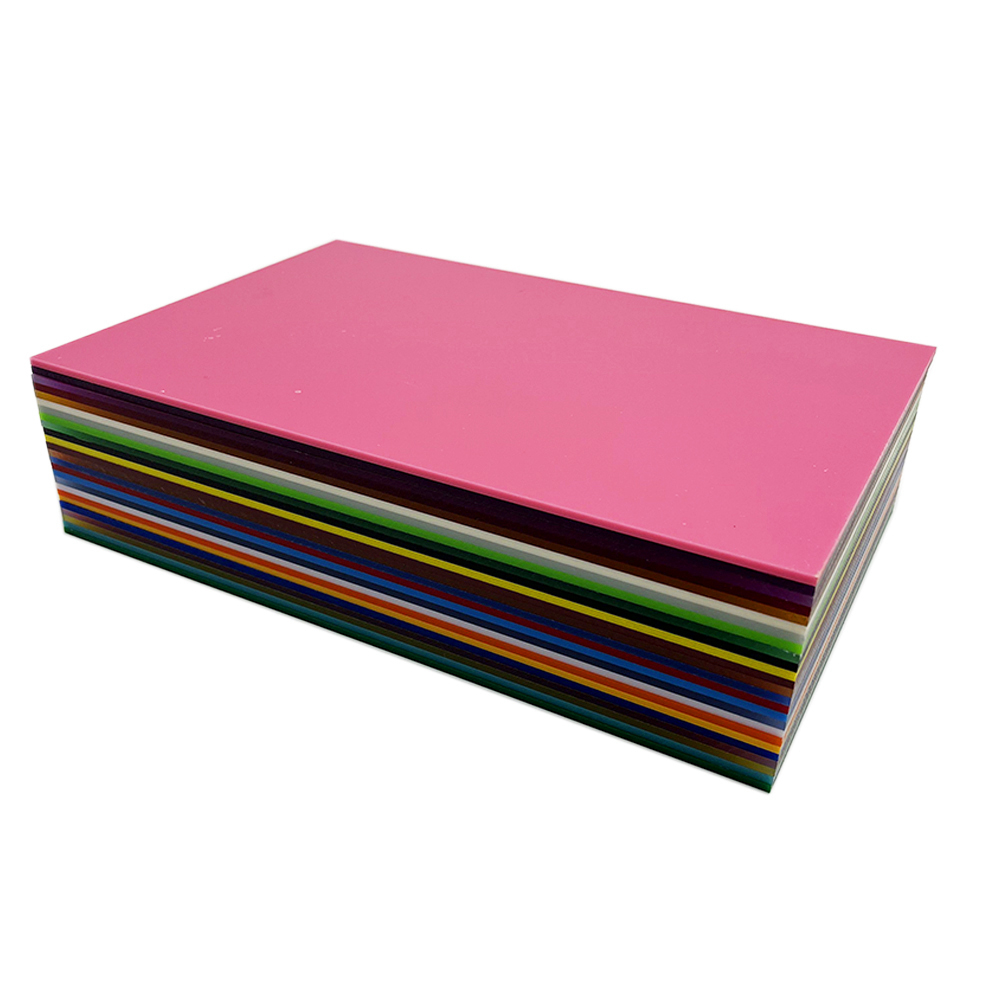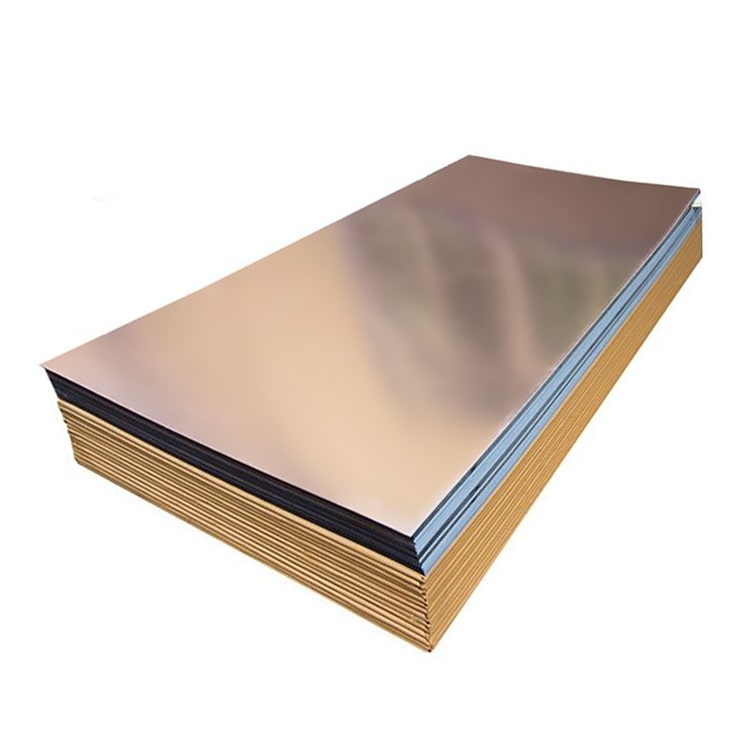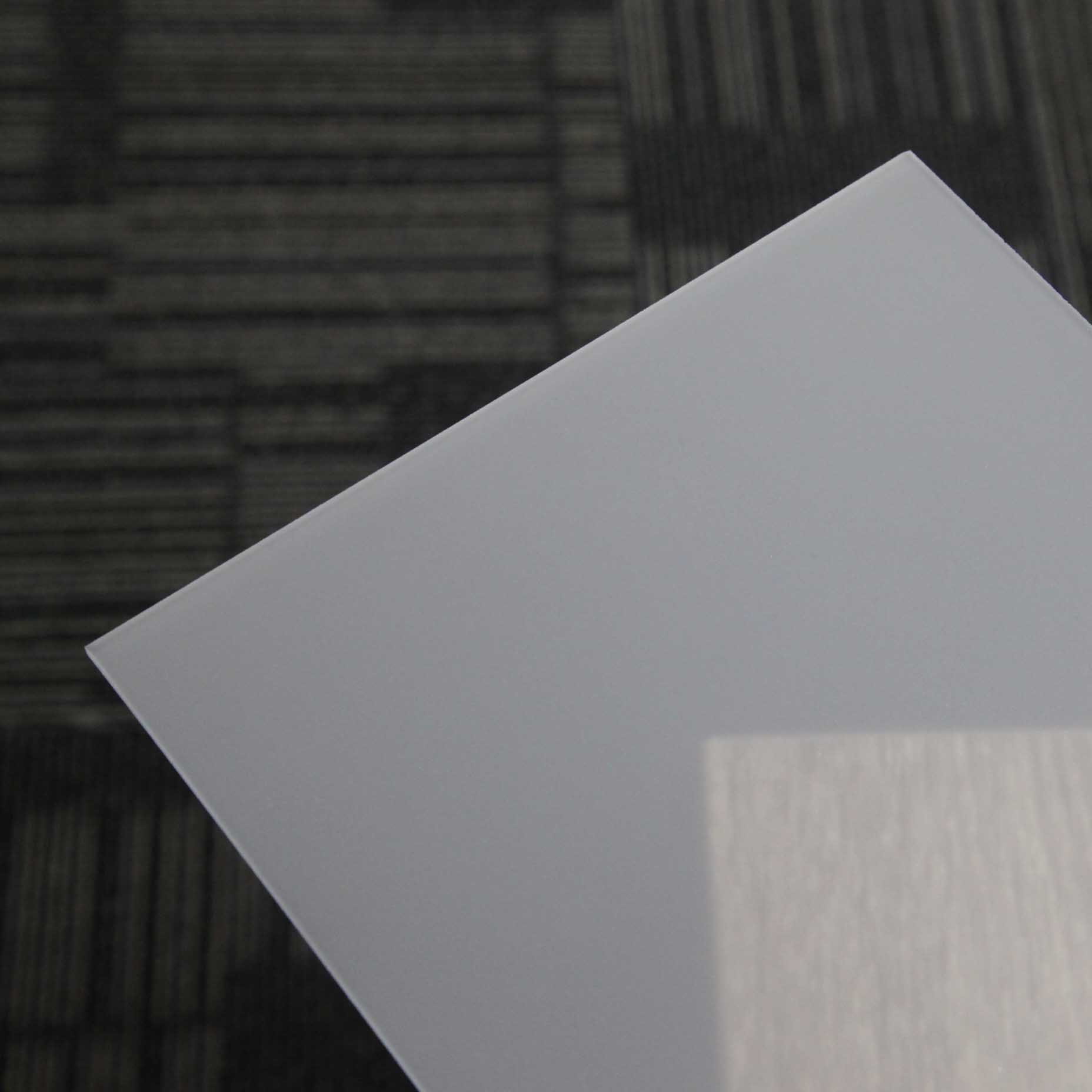Table of Contents
Acrylic sheets are widely recognized for their durability, versatility, and visual appeal, making them a preferred choice in numerous industries. Whether used in construction, design, or manufacturing, the quality of acrylic sheets plays a vital role in their performance and longevity. However, with an overwhelming number of options on the market, distinguishing between high- and low-quality sheets can be challenging.
This comprehensive guide will outline the key factors to assess when determining the quality of acrylic sheets. These include considerations like thickness, light transmission, quality comparisons, and the baking test. Additionally, we will explore two extra features—sustainability and ease of customization—and address three frequently asked questions (FAQs) to ensure you have a complete understanding of what makes an acrylic sheet exceptional.
Key Factors for Evaluating the Quality of Acrylic Sheets
1. Thickness
Thickness is one of the most crucial indicators of the quality and durability of acrylic sheets. High-quality acrylic sheets are often thicker, offering increased strength, resistance to wear, and extended longevity. To choose the right thickness for your application:
- Measure with Precision: Use a micrometer or gauge to determine the exact thickness of the sheet.
- Application-Specific Needs: Consider whether the sheet will be used for structural purposes, decorative features, or other functions requiring a specific level of durability.
While thickness alone does not guarantee superior quality, thicker sheets typically offer improved scratch resistance and surface hardness, making them better suited for demanding applications.
2. Light Transmission
Acrylic sheets are often praised for their excellent light transmission properties. High-quality sheets allow for clear, bright light to pass through, maintaining their clarity over time. Here’s how to assess light transmission:
- Check Color Accuracy: When white light passes through a high-quality acrylic sheet, the refracted light will remain pure white. In contrast, lower-quality sheets often distort light, producing yellow or blue hues.
- Compare Samples: Manufacturers often provide samples to allow side-by-side comparisons of light transmission and clarity. Opt for sheets that demonstrate superior light refraction and brilliance.
3. Quality Comparison
Comparing the physical and functional properties of acrylic sheets is another reliable way to evaluate their quality. Focus on the following aspects:
- Color Consistency: High-quality acrylic sheets have a uniform and vibrant color throughout the material.
- Scratch Resistance: Superior sheets have enhanced surface hardness, reducing the likelihood of scratches during handling or use.
- Durability: Premium acrylic sheets resist cracking, crazing, and discoloration over time, ensuring their appearance and functionality remain intact.
4. Baking Test
The baking test is a simple yet effective way to determine an acrylic sheet’s quality. By exposing the sheet to heat, you can observe how it responds:
- High-Quality Sheets: These maintain their structural integrity and adhesive properties even under high temperatures, making them suitable for a wide range of applications.
- Low-Quality Sheets: Inferior sheets are more likely to craze, warp, or lose their adhesive bonds when exposed to heat, indicating limited durability.
This test is particularly useful for applications involving high temperatures or prolonged exposure to sunlight.
Practical Applications of Acrylic Sheets
Acrylic sheets are used in a variety of industries due to their versatility and high performance. Some common applications include:
- Construction: Used as a lightweight alternative to glass in windows, skylights, and protective barriers.
- Interior Design: Popular for furniture, wall panels, and decorative accents.
- Retail and Marketing: Frequently used in signage, displays, and product showcases.
- Automotive and Aerospace: Preferred for lightweight and durable windshields, mirrors, and instrument panels.
- Medical: Utilized in enclosures, protective shields, and equipment housings.
Conclusion
Assessing the quality of acrylic sheets involves examining factors such as thickness, light transmission, and overall durability. By conducting tests like the baking process and comparing samples, you can confidently select a product that meets your needs. High-quality acrylic sheets offer long-term value, exceptional performance, and versatility, making them an excellent investment for a variety of applications.
With additional benefits like sustainability and customization, acrylic sheets continue to be a top choice in industries ranging from construction to design. By understanding their unique properties, you can ensure that you choose the best option for your project and enjoy the long-lasting benefits of this remarkable material.
FAQs About Acrylic Sheets
1. What distinguishes high-quality acrylic sheets from low-quality ones?
High-quality acrylic sheets exhibit superior light transmission, consistent color, and enhanced surface hardness. They are also more resistant to scratches, cracks, and UV-induced discoloration.
2. Are thicker acrylic sheets always better?
While thicker sheets offer greater durability and impact resistance, the ideal thickness depends on the intended application. For example, decorative uses may not require the same thickness as structural or protective applications.
3. Can acrylic sheets be recycled?
Yes, acrylic sheets can be recycled. Specialized processes can break them down into reusable components, making them a more sustainable choice compared to single-use materials.





